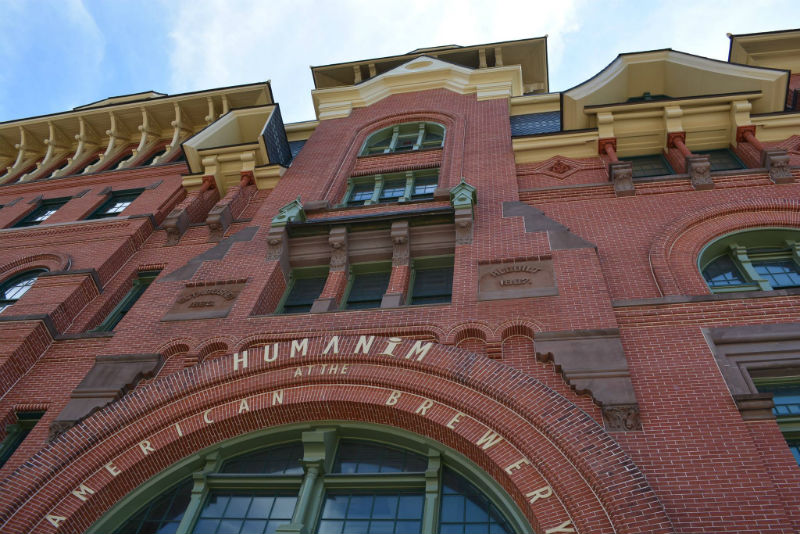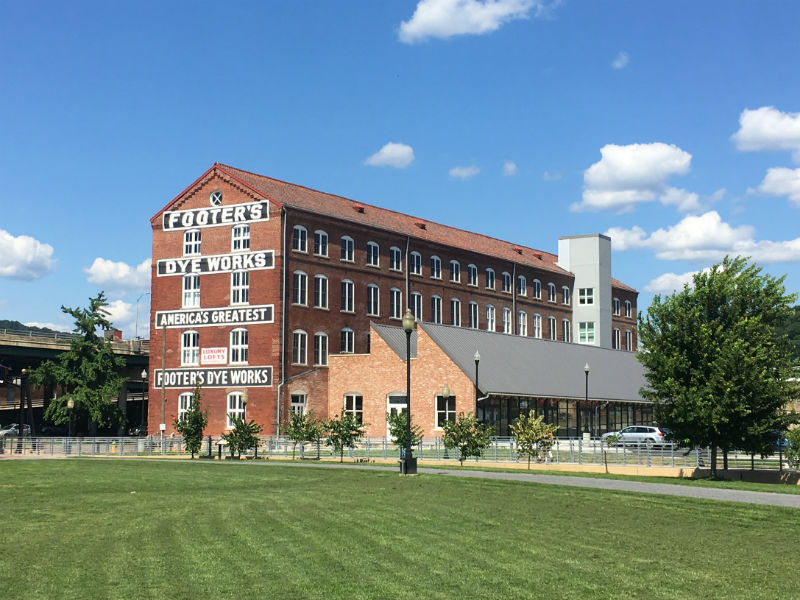The National Park Service recently released their Annual Report on the Economic Impact of the Federal Historic Tax Credit for FY 2017 and its good news for historic communities across Maryland and around the country.
POSITIVE ECONOMIC IMPACT
In 2017, the Park Service certified over 1,000 historic rehabilitation projects nationally, which totaled 5.82 billion in estimated rehabilitation costs. These projects range from large catalytic rehabilitation projects to smaller local projects. In fact, the report shows that in 2017, half of all projects had total expenditures of under $1 million and 205 were under $250,000.
In Maryland, the economic impact of the program is impressive. Federal HTC projects resulted in $85.3 million in total rehabilitation costs and resulted in the creation of 1318 jobs. Historic preservation projects are local economic drivers and in 2017, federal HTC projects resulted in a positive tax impact of $2.8 million to local governments and $2.5 million in positive state tax impact.

American Brewery, Historic Tax Credit project in Baltimore, Maryland.
Background
Owners of historic buildings who complete rehabilitation and adaptive reuse projects to the Secretary of the Interior Standards may apply for a 20% income tax credit on qualified project expenditures. The HTC program encourages private investment in historic preservation projects and it also returns more to the Treasury than it costs. In fact, the credit returns about $1.20 in tax revenue for every dollar invested, and since its inception, the federal HTC has generated more than $28.1 billion in federal tax revenue through its investment in historic preservation.
Over the last 36 years, the credit has created 2.3 million jobs, leveraged $117 billion in investment, and rehabilitated more than 41,250 buildings—all while generating enough in federal revenue to pay for itself. Since 2001, in Maryland this credit has made possible over $1.5 billion in rehabilitation projects in nearly every county.
Increasing the economic impact in maryland
Financing an historic preservation project often takes a complex matrix of funding that may include federal, state, and local tax credits. A strong, well-funding state historic tax credit would help increase the positive economic impact of the federal credit. During the upcoming 2019 Session of the Maryland General Assembly, Preservation Maryland will be advocating for policy changes that will strengthen the efficacy of the Maryland Heritage Structures Rehabilitation Tax Credit, as well as increased funding for the credit so that even more buildings take advantage of this economic driver.

